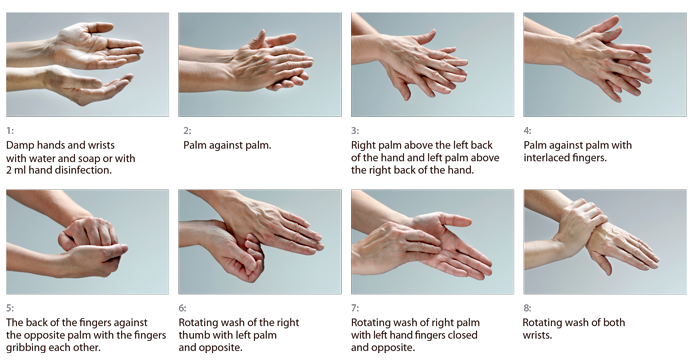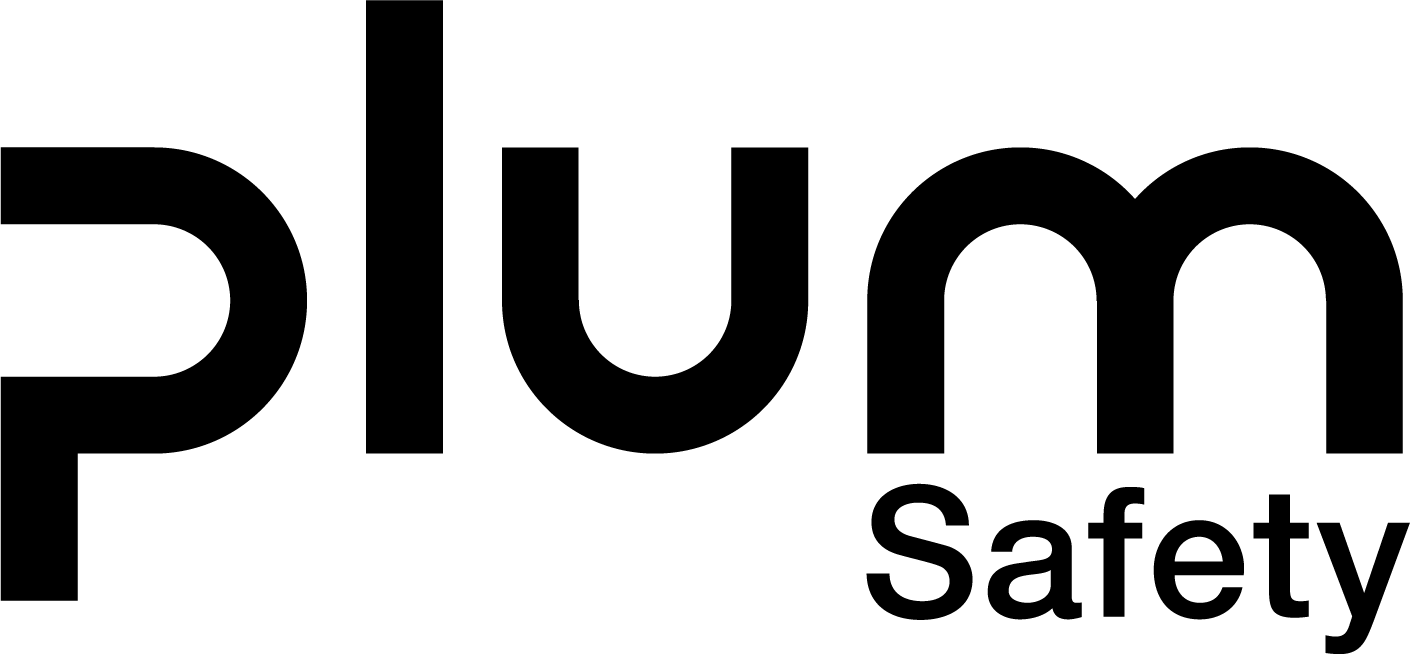Good hand hygiene
What you need to know about a good hand hygiene routine
Everyone wants to stay healthy and to avoid infecting other people. If you have learned to cover your mouth when coughing, then forget it! Instead you should cover a sneeze or cough in the sleeve, because that helps to limit the airborne transmission. Sneezing creates a strong volley of small water droplets from your nose and throat, which carry the infection contained in bacteria or virus. The infection will be transmitted via the hands when you touch your nose or got to the toilet. From the hands the infection will be transmitted to anything you touch – a keyboard, mobile phone, push button on the bus, a door handle, money, and toilet seat. All quite invisible and resistant, Thus, when you shake hands with a colleague or business partner, you may transmit the infection to the other person who may infect himself and other people as well.
Clean hands are the only protection against an infection. Thus, only by washing your hands thoroughly with water and mild soap several times per day you will be able to fight infections. Apply hand disinfection regularly following hand wash and when water is not readily available. Thorough soap wash removes virus and bacteria, and they get eliminated with hand disinfection. One method cannot replace the other – they must be used together for optimum efficacy.
You should wash and disinfect your hands and after each use of the toilet, before and after meals, after blowing your nose and after touching objects involving a risk of transmitting infection.
10 rules you should follow in your workplace:
- Keep soap readily available
- Keep hand disinfection readily available
- An ethanol dispenser is recommended in the canteen and reception areas
- Provide pocket-sized bottles with disinfection for employees who are frequently offsite
- Mount wash and disinfection guidelines available in strategic positions
- Frequently clean objects touched by multiple people, e.g. keyboards, telephones, toilets, etc.
- Disinfect your hands at the start and end of your work day
- Sneeze into a sleeve instead of your hands
- Disinfect hands in conjunction with meals
- Perform washing and disinfection after toilet use
How to wash or disinfect your hands the right way
Correct hand hygiene is simplicity itself. Follow these three simple steps:
Wash your hands for the visible dirt:
- Wet hands and wrists, apply soap
- Distribute soap to each finger, between the fingers, the back of the hand and around the wrist
- Perform a steady motion for at least 15 seconds
- Rinse with cold / tempered water
- Dry with disposable tissue
Perform hand disinfection for invisible dirt:
- Hand disinfection is performed on clearly clean and dry skin
- Apply sufficient (2-5 ml) hand disinfection agent, distribute and rub completely on all fingers, between the fingers, on the back of the hand, in the palm and around the wrist
- Keep the skin moistened with the hand disinfection agent for at least 30 seconds
- Rub until dry

Watch this video and learn how to wash and disinfect your hands:
Correct and frequently performed hand hygiene may be a time-consuming activity and tough on your skin. Thus, your available hand hygiene products are to comply with significant requirements; they must be effective, mild and readily available. Moreover, mild and proper hand soap, effective but mild hand disinfection and nurturing and replenishing skin lotion is required at the same time. By carefully selecting and applying skin care and skin cleaning agents, you may boost your skin safety and reduce the exposure to skin diseases in the workplace.
We recommend use of our products prior to, during and after work with a view to mitigating potential skin and infection issues, coupled with optimum skin protection.
